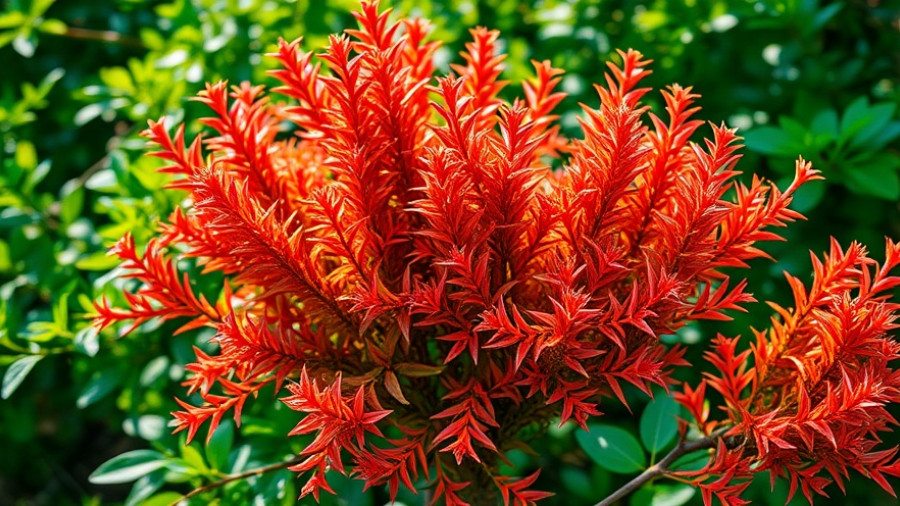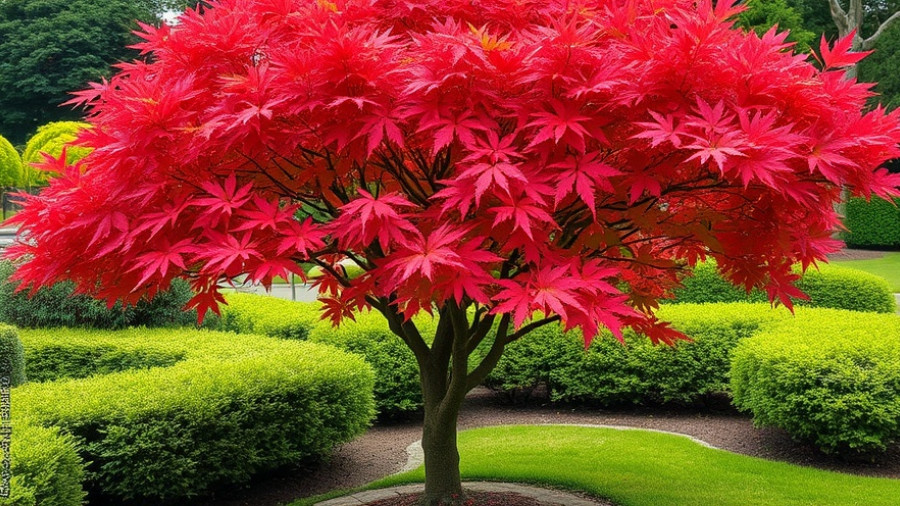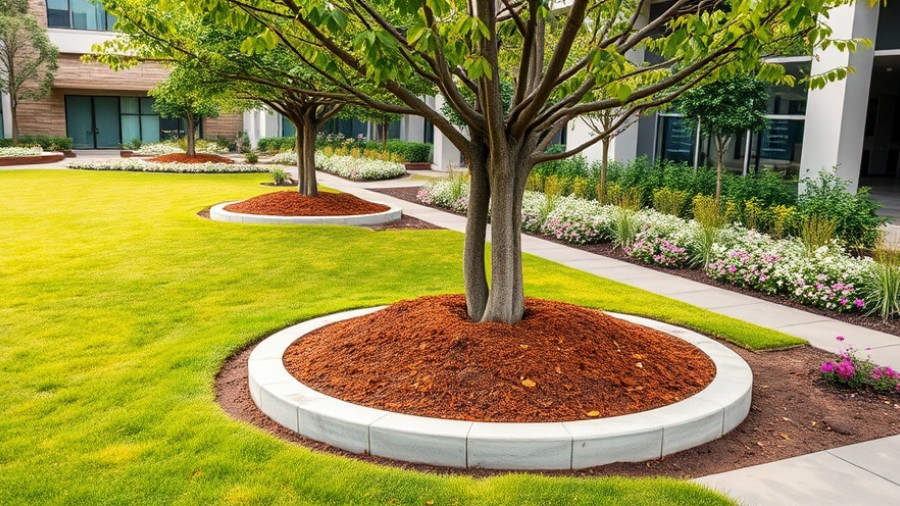
Discover the Best Time to Plant Fruit Trees
September is a sweet spot for planting fruit trees, offering a unique blend of warm soil and cooling air that helps establish young plants before winter. As summer's heat gradually recedes, it's an essential time for outdoor enthusiasts and gardening lovers to make informed choices about which fruits to add to their landscapes. Those iconic fruits like apples, pears, peaches, and plums may be familiar to many, but let’s explore some underrated fruit trees that can transform your garden into a delightful haven.
Fruit Trees That Thrive in September
Planting at this time ensures that trees develop strong roots which will lead to resilience and improved drought tolerance. But what about the lesser-known fruit trees that deserve a place in your garden? Here are some stunning options to consider:
1. Fig Trees
Fig trees, specifically the Little Miss Figgy™, are compact and perfect for smaller spaces. Growing to a height of about 4-6 feet, these trees prefer full sun to partial shade and can thrive in hardiness zones 5-10. Their sweet, succulent fruits are not just delicious but also beautiful to look at, adding aesthetic value to your backyard.
2. Nectarine Trees
Consider the Hardired Nectarine, known for its juicy and flavorful fruits. Apart from their delightful flavors, nectarines are peach relatives and bring a vibrancy to your garden with their stunning blossoms. These trees require a bit of sun and can flourish as they develop a robust foundation before winter!
3. Mulberry Trees
If you’re looking for something that keeps giving, the Everbearing Mulberry is an excellent choice. This tree bears fruit throughout the season, offering you continuous snacks from early summer into fall. Mulberries are not only adaptable but also yield vivid foliage, contributing to your garden's visual appeal.
Joining the Sustainability Trend
In the era of environmental consciousness, opting for fruit trees aligns perfectly with eco-friendly yard care philosophies. By planting trees, you’re not just providing a food source but also creating habitats for birds and beneficial insects, which play integral roles in your ecosystem. It's a beautiful cycle of nature that encourages sustainability in gardening.
Incorporating Fruit Trees into Your Outdoor Kitchen Designs
Imagine picking fresh figs and incorporating them into your outdoor kitchen meals! Growing your own fruit trees can complement amazing outdoor kitchen designs, integrating fresh produce into your culinary adventures. This not only enhances the flavor of your meals but also offers a sense of satisfaction that comes from harvesting your own fruits. Combine this with dynamic landscape lighting ideas and your outdoor dining becomes a memorable experience.
Taking a Step Further: Backyard Makeover Ideas
If you're excited about planting these underrated trees, why not think bigger? Incorporate them into a backyard makeover that includes raised garden beds for herbs and vegetables, alongside a cozy fire pit for gatherings. Integrating seasonal planting guides will help you curate the planting schedule and choose appropriate companions for your new trees.
Your Next Steps Towards a Lush Garden
Whether you’re planting a fig, nectarine, or mulberry tree, remember to give them ample space to thrive. Use companion techniques from garden planning tips, focusing on getting the right balance between sunlight, water, and soil drainage. As established trees get older, they not only provide more fruit but also attract diverse pollinators, enriching your garden environment.
Conclusion: Embrace September Planting
Engaging in this seasonal planting guide not only enriches your backyard with unique flavors but promotes a vibrant ecosystem. Are you ready to enhance your gardening journey this September? Embrace these underrated fruit trees! Discover new tastes and experiences, and you may find yourself enjoying the joys of gardening more than ever before.
 Add Row
Add Row  Add
Add 




Write A Comment